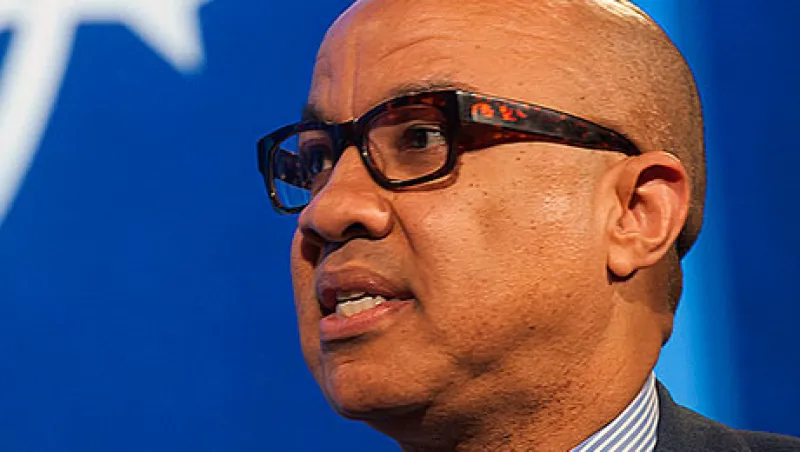
With Impact Strategy, Ford Foundation Courts Controversy
Ford is plowing $1 billion into impact investing. But can it bridge the divide between grantmaking and investment goals?
Imogen Rose-Smith
April 5, 2017


